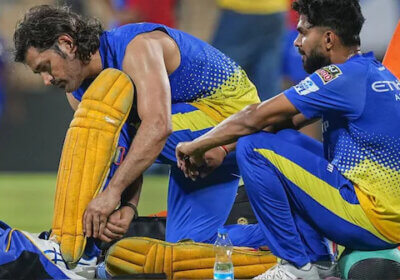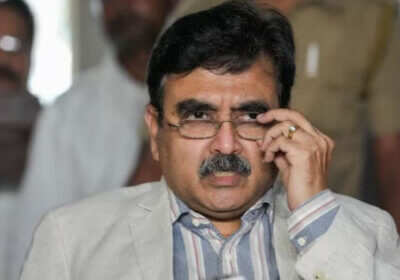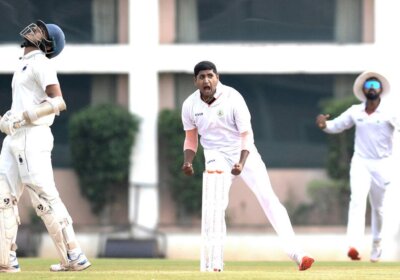India landed the Chandrayaan-3 spacecraft on the moon’s south pole, becoming the first nation to achieve this after Russia’s failed attempt due to engine problems. Mr. Somanath stated, “Chandrayaan-3’s lander will be aiming for the ground near the south pole, presenting an abundance of possibilities for study since its association with the moon’s mineral riches and water resources.”
The Chandrayaan-2 mission was partially unsuccessful after the lander crashed on the lunar surface in September 2019. ISRO Chief S Somanath stated they had to start from scratch after the hard landing.
The Chandrayaan-3 mission is significant as no other spacecraft has ever made a soft landing close to the moon’s south pole. The mission’s discoveries could advance our understanding of lunar water ice, one of the moon’s most precious assets. The six-wheeled rover will conduct tests on the moon’s surface over the next 14 days.
The motive behind Chandrayaan-3’s selection of the South Pole: ISRO director
“Chandrayaan-3’s equipment aiming to touch down at or very close to the south pole. The South Pole offers a tonne of possibilities for science, though. They possess a link to the substances and water composition of the moon,” Mr. Somanath says when questioned why they selected the south pole.
India became the first nation to land near the moon’s south pole
Yesterday evening, the Chandrayaan-3 defied many odds with the successful soft landing on the moon, elevating India into the exclusive club of spacefaring nations. India became the first nation to successfully land a spacecraft close to the moon’s south pole after Russia’s failed attempt at a lunar touchdown in the same region due to an engine problem.
Chandrayaan-2 was somewhat unsuccessful
The mission was partially unsuccessful after Chandrayaan-2’s lunar lander crashed in September 2019. Since Chandrayaan-2 performed a hard landing, according to ISRO Chief S Somanath, they couldn’t recover anything and had to start from scratch.
“We did everything from scratch,” S Somanath
“For this mission, everything had to be done from scratch. We couldn’t retrieve anything from the moon using Chandrayaan-2,” S Somanath told the news agency in an exclusive interview.
We ran tests over the previous two years
“The first year consisted of figuring out what occurred wrong with Chandrayaan-2, and the second year, everything looked updated. We ran tests over the previous two years,” he continues.
Covid-19 affected our research
“Covid messed up a few of our shows. However, we continued to fire off a few rockets. We are back on schedule after Covid,” according to Mr. Somanath.
The success of Chandrayaan-3 is significant
The achievement of Chandrayaan-3 is noteworthy because no other spacecraft has ever been able to make a soft landing close to the moon’s south pole. The South Pole is full of craters and deep trenches and is far from the equatorial region that was the target of earlier missions, including the crewed Apollo landings.
Mission-related discoveries may be significant
The Chandrayaan-3 mission’s discoveries could advance and broaden our understanding of lunar water ice, which has the potential to be one of the moon’s most precious assets. The six-wheeled rover will conduct tests on the moon’s surface over the next 14 days.
What made them select the South Pole?
“The entire Chandrayaan-3 instrumentation aims for a landing at or close to the south pole. However, there are a tonne of scientific opportunities at the South Pole. They have a link to the moon’s mineral and water content,” Mr. Somanath responds When asked why they chose the south pole.
“The study of many additional physical mechanisms is something scientists are interested in. The exploration of those areas is the focus of five of our instruments,” he continues.























Pingback: Chandrayaan 3: Vikram lander's Pragyan Rover Walks on the Moon